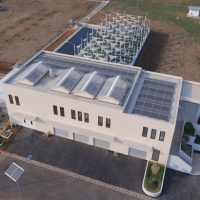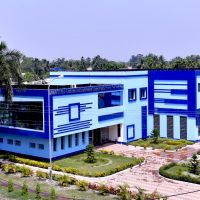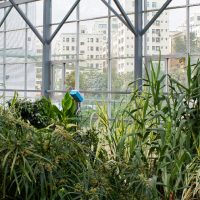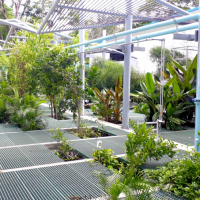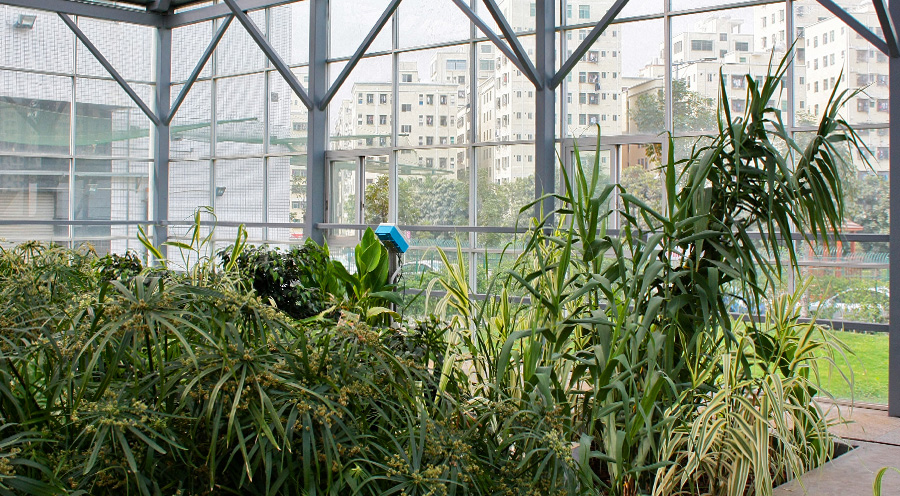
As the world continues to urbanize, it has become increasingly important to move away from some well-established patterns of city growth and into more sustainable ways of living. Sustainable urban real estate development is becoming widely adopted, as communities seek to grow while also balancing environmental, social and economic responsibility to lower costs and carbon & physical footprints on the environment.
The key principles of these sustainable developments are aimed at creating energy-efficient, zero-waste neighborhoods with inner-city gardens and public spaces. This includes finding alternative, sustainable methods for wastewater management. Conditions such as heavy rainfall and droughts can inhibit water quality in certain areas. These circumstances can lead to a high vulnerability for cities suffering after a catastrophic event occurs, such as heavy flooding from a hurricane or a dry spell without rain for months.
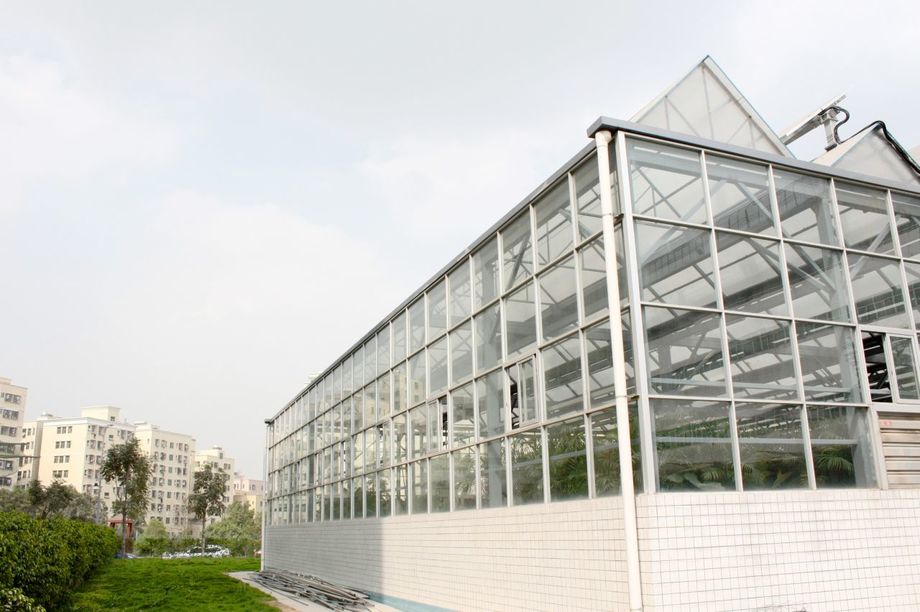
In order to have a reliable urban water cycle, it’s important that both supply and disposal infrastructures keep in pace with urban growth. Both the physical and psychological footprints are a major ecological development, of which their size should be as small as possible. If the footprints are not small, the project would be negatively impacted by the decreasing of both the value and area of developable land. For these reasons, the Organica Water solution is best to fit into urban environments and their needs.
Using Nature for Nature: Why the Organica Water solution?
By using nature for nature, Organica utilizes both natural plants and specially made carrier units. This allows for robust growth of healthy biomass that effectively gobbles up the incoming load in the effluent.
The plants – via their roots – not only provide a huge amount of surface area, but they also complete the food chain that exists in the biological reactors, thereby enabling a diverse ecology and resilient bio-film that is able to handle a higher amount of fluctuations in influent quality and quantity compared to conventional suspended or attached growth systems. The concept is using nature to treat nature.
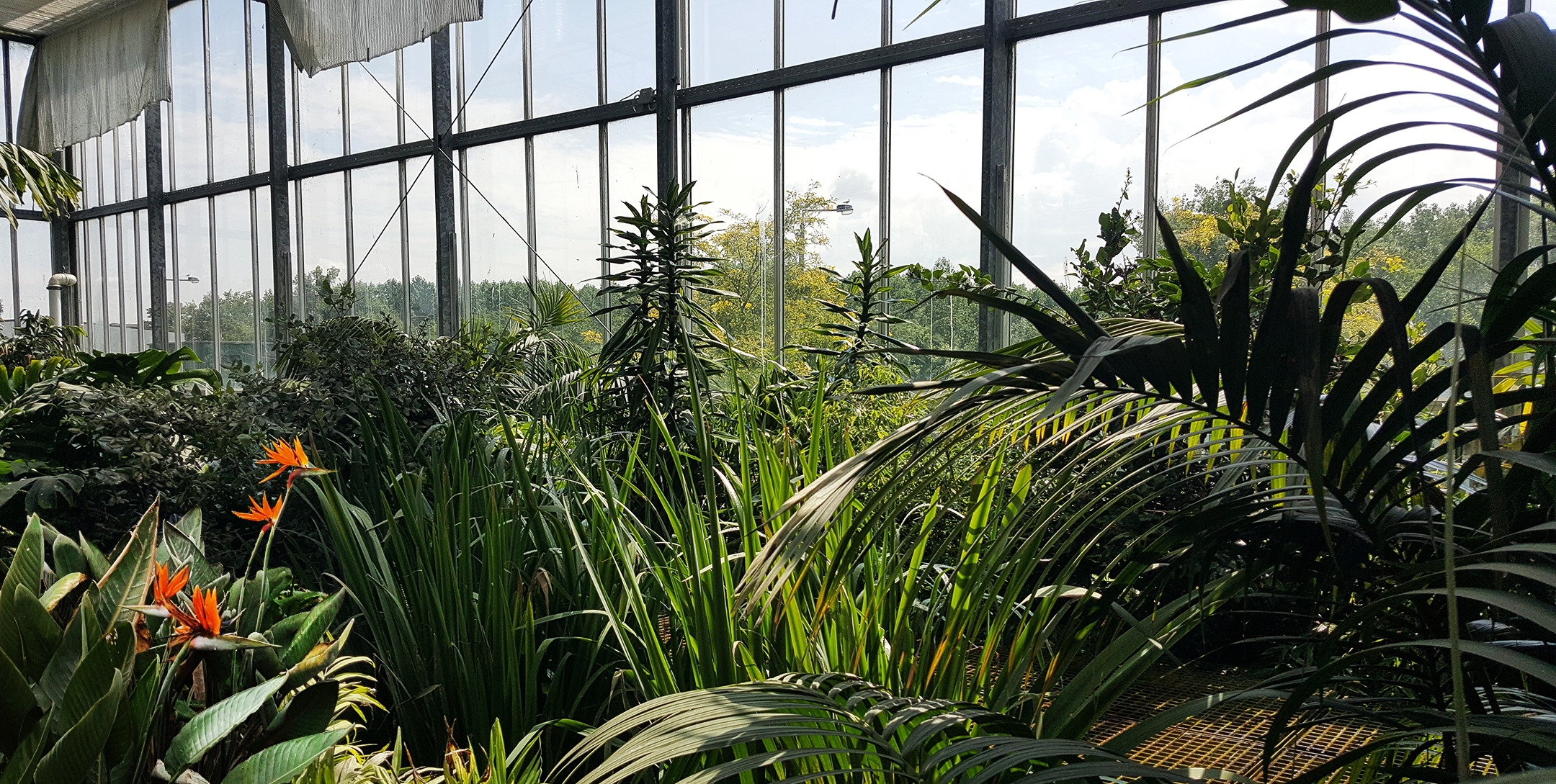
Every Organica Food Chain Reactor (FCR) begins with process design, which is an area where we specialize. We design a wastewater treatment process which produces clean effluent, in very little space and with minimal energy consumption.
Environmentally-Friendly, Sustainable and Appealing
Organica Water offers a sustainable wastewater treatment solution housed in an odorless, aesthetically-pleasing installation integrated into its surroundings. Essentially, the facility looks and smells like a botanical garden, efficiently treating wastewater onsite within the same community where people live and work. These enclosed facilities are temperature controlled and have the ability to be placed anywhere, from bustling cities in China and industrial parks in the Philippines, to corporation campuses and serene countryside landscapes.
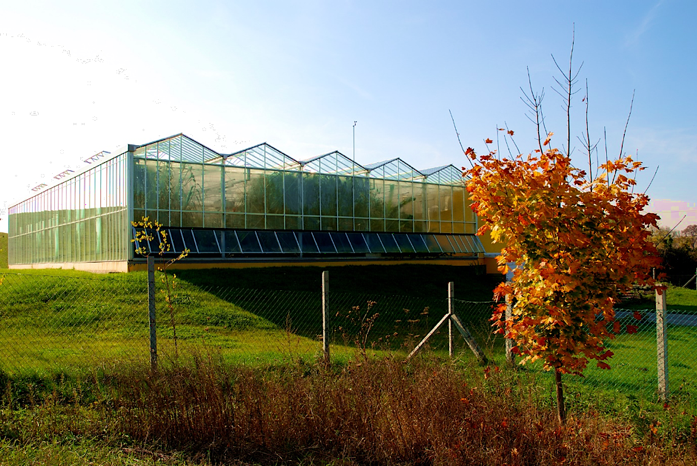
The Organica Water facility succeeds in transforming an enlightened philosophy into actual, everyday benefits within the urban environment, demonstrating that a wastewater treatment plant can in fact be a good neighbor to the surrounding community. Organica facilities can be built to cover a wide range of hydraulic capacities, meeting the needs of almost every environment. They have the ability to be placed in open and tropical climates, as well offering the look of a shading structure. The plants in an Organica facility are locally chosen and well maintained within the structure.
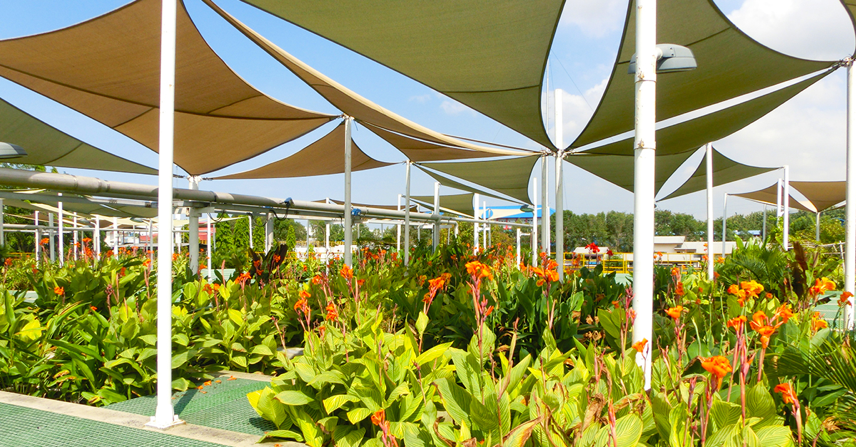
Optimal Water Reuse Opportunities
Reclaimed water produced by the Organica Water facility is suitable for non-potable purposes, commonly used in cooling towers or irrigation. By utilizing reclaimed water for these purposes, a community can save significantly on potable water in the first year alone. As water supply rates in the city follow the general trend across the country and continue to increase, these savings will only continue to grow in following years. This reuse also reduces burden on local water supply from aquifers or surface supplies, providing independence from droughts and other local weather impacts.

